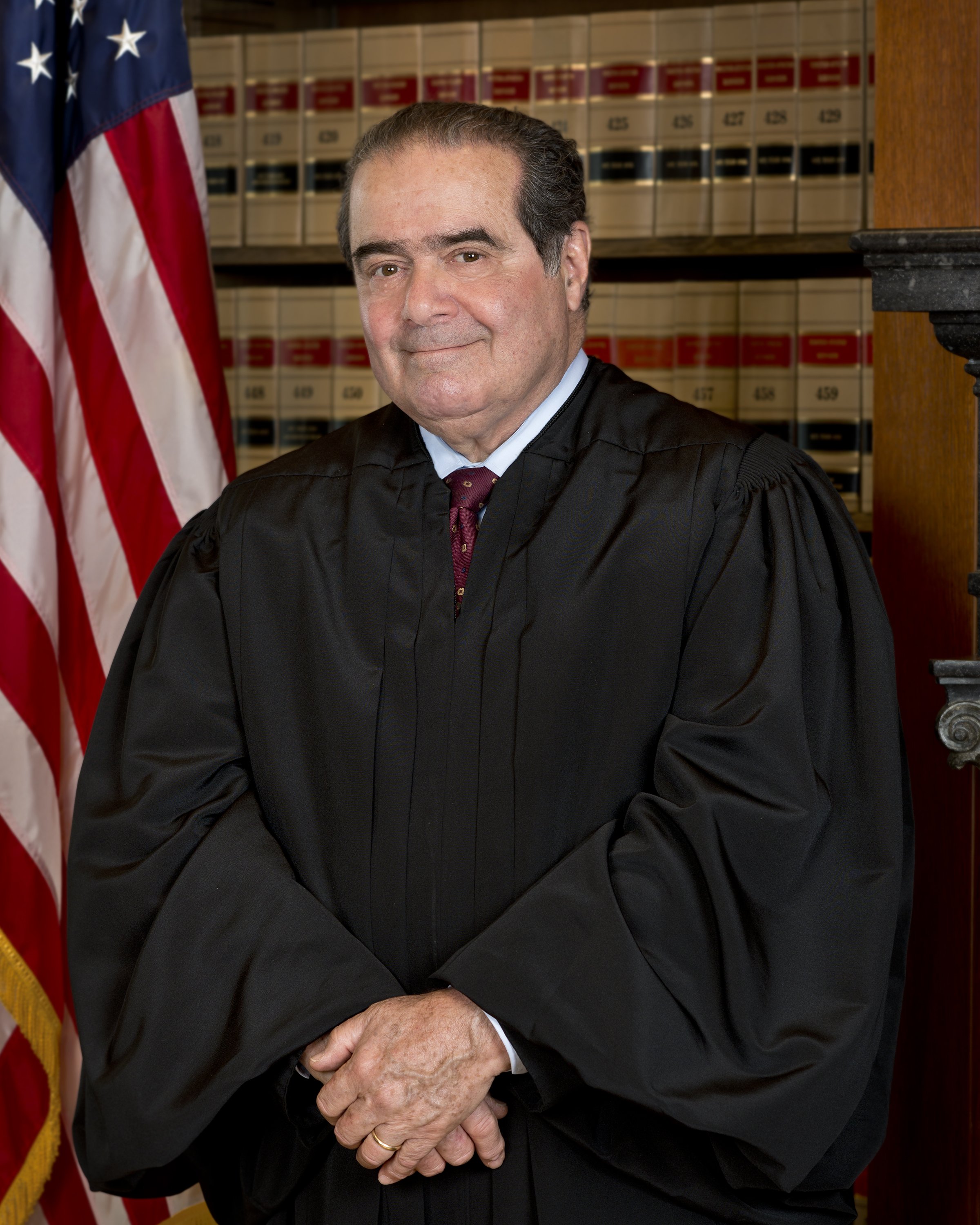R.A.V. v. City of St. Paul
Case Overview
CITATION
505 U.S. 377 (1992)
ARGUED ON
December 4, 1991
DECIDED ON
June 22, 1992
DECIDED BY
Legal Issue
Is the City of St. Paul’s “bias-motivated” crime ordinance a violation of the First Amendment?
Holding
Yes, the “bias-motivated” crime ordinance amounted to viewpoint discrimination, which violated the First Amendment.
Russel and Laura Jones in an interview on June 22, 1992, after the Court’s decision | Credit:
Background
The City of St. Paul, Minnesota had a “bias-motivated” crime ordinance that read:
“Whoever places on public or private property, a symbol, object, appellation, characterization or graffiti, including, but not limited to, a burning cross or Nazi swastika, which one knows or has reasonable grounds to know arouses anger, alarm or resentment in others on the basis of race, color, creed, religion or gender commits disorderly conduct and shall be guilty of a misdemeanor.”
On the morning of June 21, 1990, R.A.V. and a group of teenagers made a cross out of broken chair legs and lit it on fire inside the fenced-in yard of Russel and Laura Jones, who were Black. R.A.V. was initially charged under the bias-motivated crime ordinance, but the trial court dismissed the charges as violating the First Amendment. On appeal, the Minnesota Supreme Court reversed the trial court’s decision and upheld R.A.V.’s original conviction. R.A.V. then filed a petition for certiorari with the Supreme Court.
Summary
Unanimous decision for R.A.V.
R.A.V.
St. Paul
Rehnquist
Blackmun
Scalia
Souter
O’Connor
Stevens
Kennedy
Thomas
White
Opinion of the Court
Writing for a unanimous Court, Justice Antonin Scalia began by acknowledging that the behavior from R.A.V. and the other teenagers was reprehensible, but noted that Minnesota’s ordinance was not the constitutionally permissible way to prosecute them. Scalia held that the First Amendment provides staunch protections of the right to free speech, meaning the government cannot restrict speech just because it is unpopular or offensive. In some instances, however, speech may be restricted if it furthers a legitimate government interest. Scalia explains that content-based restrictions, which regulate areas such as obscenity, defamation, or other areas “of such slight social value as a step to truth that any benefit that may be derived from them is clearly outweighed by the social interest in order and morality.” Essentially, Scalia is arguing that the government may restrict speech due to its content, but only if it necessary to serve an interest substantial enough to outweigh the burden placed on free speech.
While certain areas of speech may be restricted for their content, viewpoint-discrimination is unequivocally impermissible. Scalia explained that “displays containing some words odious racial epithets, for example—would be prohibited to proponents of all views. But ‘fighting words’ that do not themselves invoke race, color, creed, religion, or gender—aspersions upon a person's mother, for example—would seemingly be usable ad libitum in the placards of those arguing in favor of racial, color; etc., tolerance and equality, but could not be used by those speakers' opponents.” In effect, Scalia found that the ordinance effectively worked as a means of viewpoint discrimination and limited speech on an unfair basis, writing that “St. Paul has no such authority to license one side of a debate to fight freestyle, while requiring the other to follow Marquis of Queensberry rules.”
Scalia put forth that in this case, the question is whether or not the ordinance is reasonable necessary to achieve the City of St. Paul’s interest in reducing discrimination. He determined that “the only interest distinctively served by the content limitation is that of displaying the city council’s special hostility towards the particular biases thus singled out. That is precisely what the First Amendment forbids.” Scalia ultimately concluded that the ordinance was unconstitutional and that the City of St. Paul had “sufficient means at its disposal to prevent such behavior without adding the First Amendment to the fire.”








